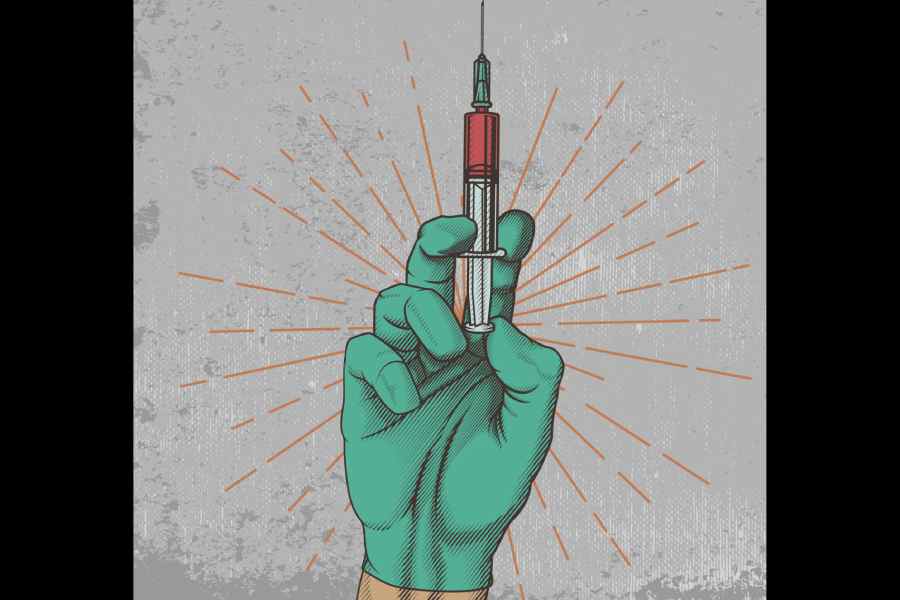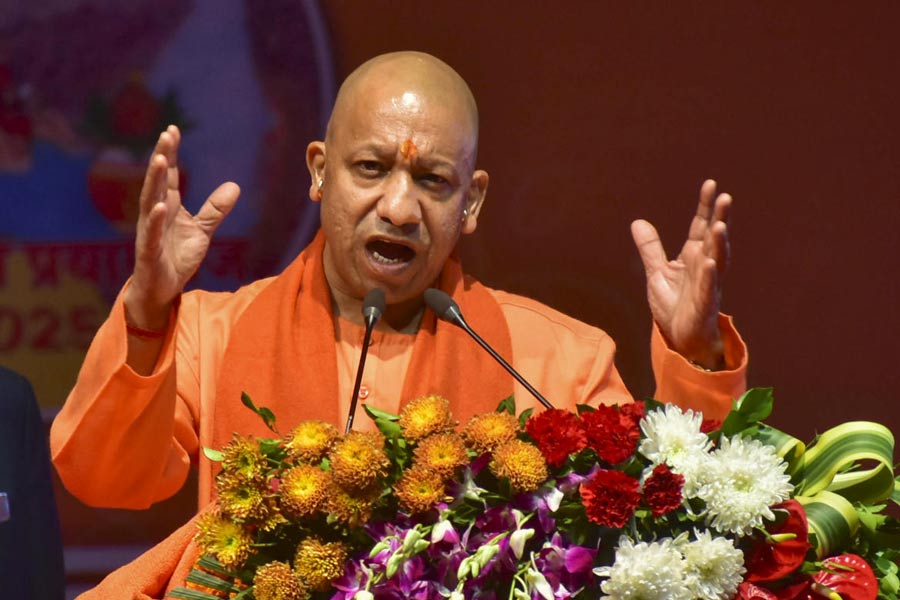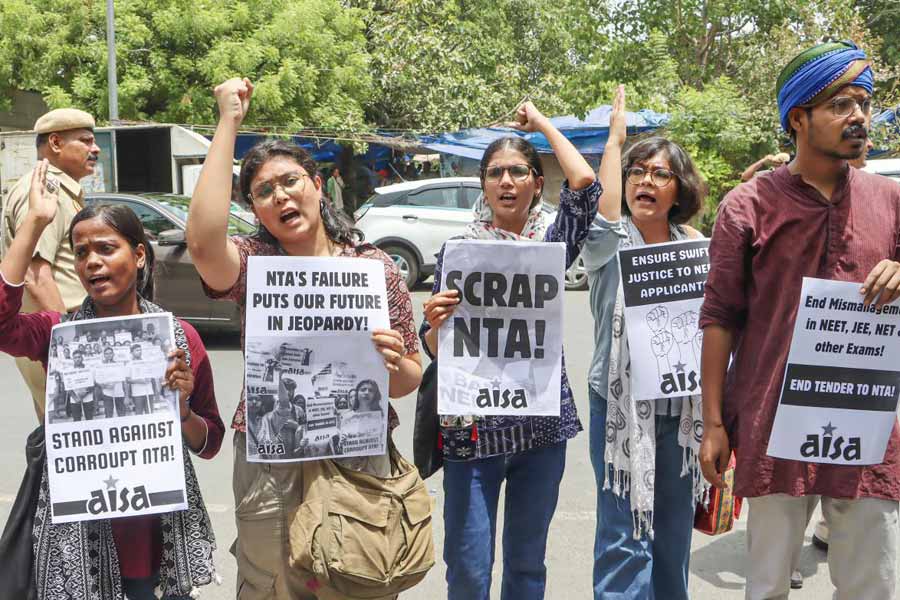THE POISONER OF BENGAL: THE 1930s MURDER THAT SHOCKED THE WORLD
By Dan Morrison
Juggernaut, Rs 499
Truth is stranger than fiction: when you turn to the last page of The Poisoner of Bengal, the idiom is sure to cross your mind. Morrison’s deep dive into the 1930s Pakur Murder Case is a True Crime fanatic’s dream coming to life. Brawling brothers, a sprawling zamindari, scheming relatives, court cases, cold-blooded fratricide — the book resuscitates an almost-forgotten story that would fit seamlessly in the template of historical fiction. It also beautifully re-animates the Calcutta of the 1930s — a city where zamindars are being slowly superseded by the prospering bhadraloks basking in the glow of cultural and scientific progress.
The truly fascinating aspect of the plot is the dramatic use of scientific knowledge. Brother killing brother is a trope as old as time and, yet, the manner in which Benoyendra Chandra Pandey, the raja of Pakur, kills his half-brother and co-heir, Amarendra Chandra Pandey, is tantalisingly modern. Benoy, the cinema-lover and would-be film producer, could easily have had someone remove Amar from the face of the earth by violence, as is the norm traditionally. But he chooses to plan a deviously creative and elaborate pantomime — a syringe prick at the crowded Howrah Station resulting in fever and eventual death.
Benoy’s flair for drama also informs his last stand: the raja chooses for himself a grand exit amidst gunfire and grenades.
Morrison’s focus may be the Pakur Murder Case but he also touches upon some other captivating subjects. His brief but illuminating account of theatre and cinema in colonial India, the commentary on infectious diseases and inoculation during the raj, and the attempts to trace the many manifestations of homicide by germ in cinema, books and criminal history help in contextualising this rather sensational incident.











